Hakuba is a rare creation: a sushi restaurant in Paris led by three culinary masters. At the helm is sushi chef Takuya Watanabe, whose deep experience as a sushi chef brings authenticity. Joining him are Arnaud Donckele, the celebrated chef from Plénitude known for his bold, complex sauces, and Maxime Frédéric, a pastry virtuoso who adds a refined touch to dessert. Their collaboration is unusual—and that’s what makes Hakuba an experience worth exploring. After all how do you refine the most traditional cuisine in the World?
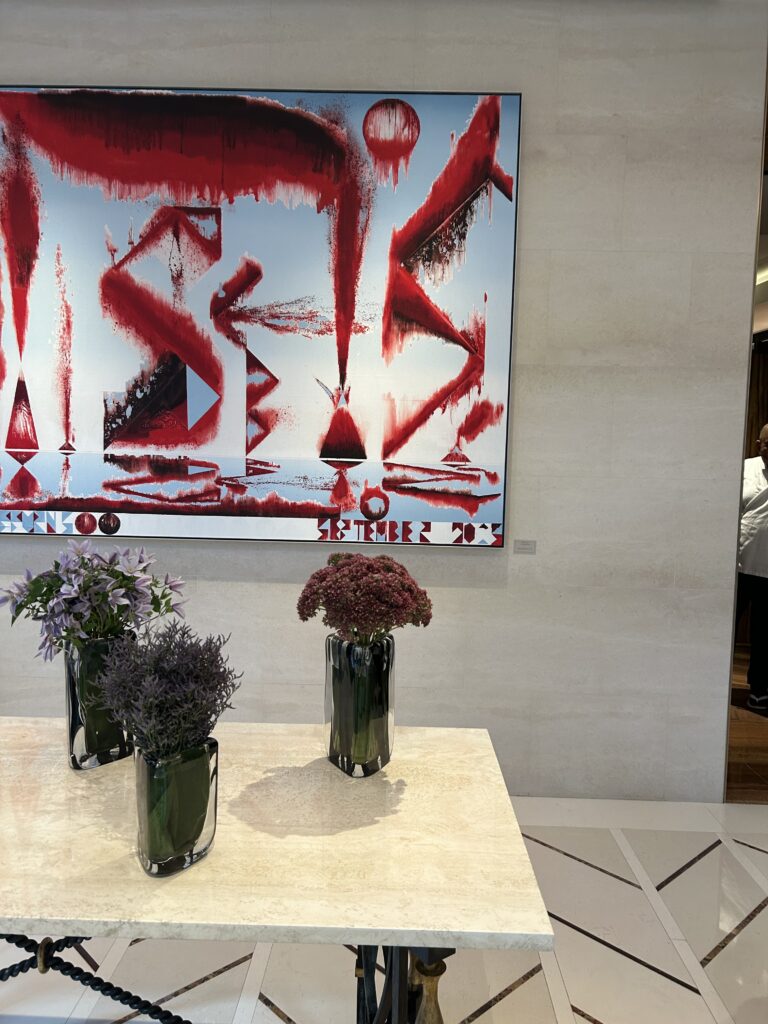
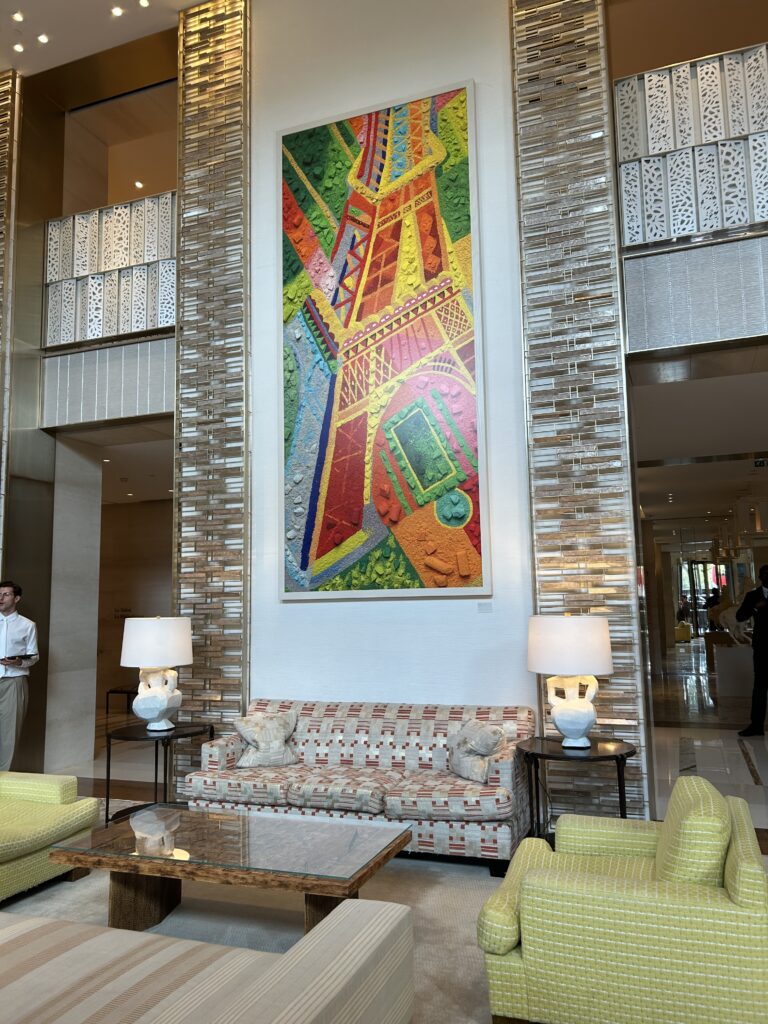
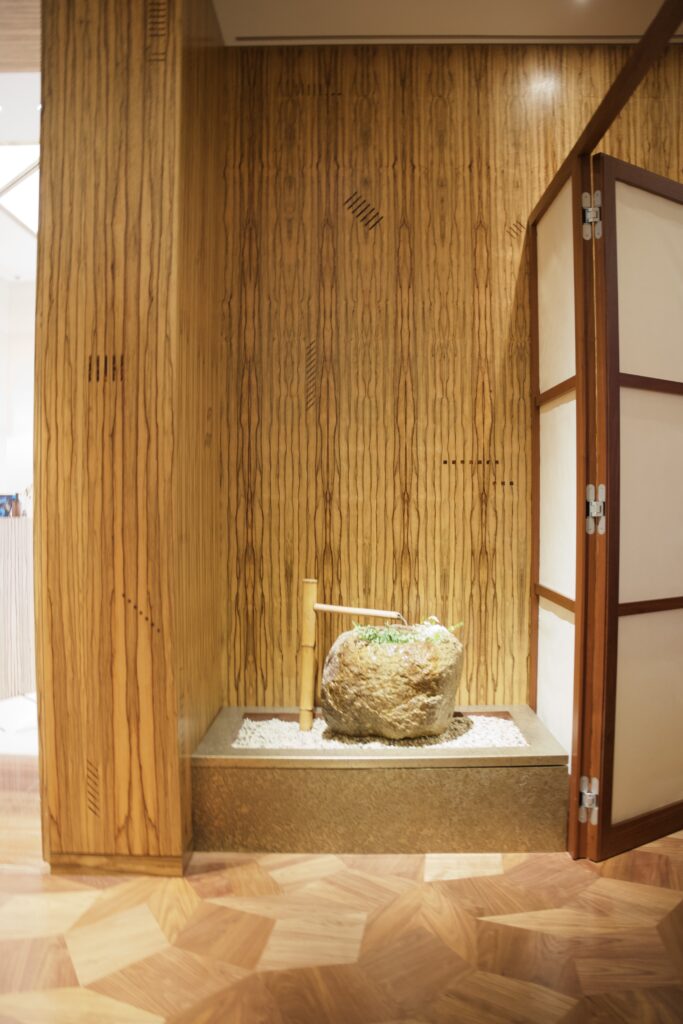
Set within the stunning Cheval Blanc hotel, itself a masterpiece of luxury and home to the Michelin three-star Plénitude, Hakuba has big shoes to fill. The restaurant is designed to capture the understated elegance of Japanese dining while embracing a more open, modern aesthetic. Unlike the intimate, partitioned counters found in many sushi establishments, Hakuba is created as a single open space with two separate counters which allows guests to arrive at staggered times but share the expertise of a single chef.
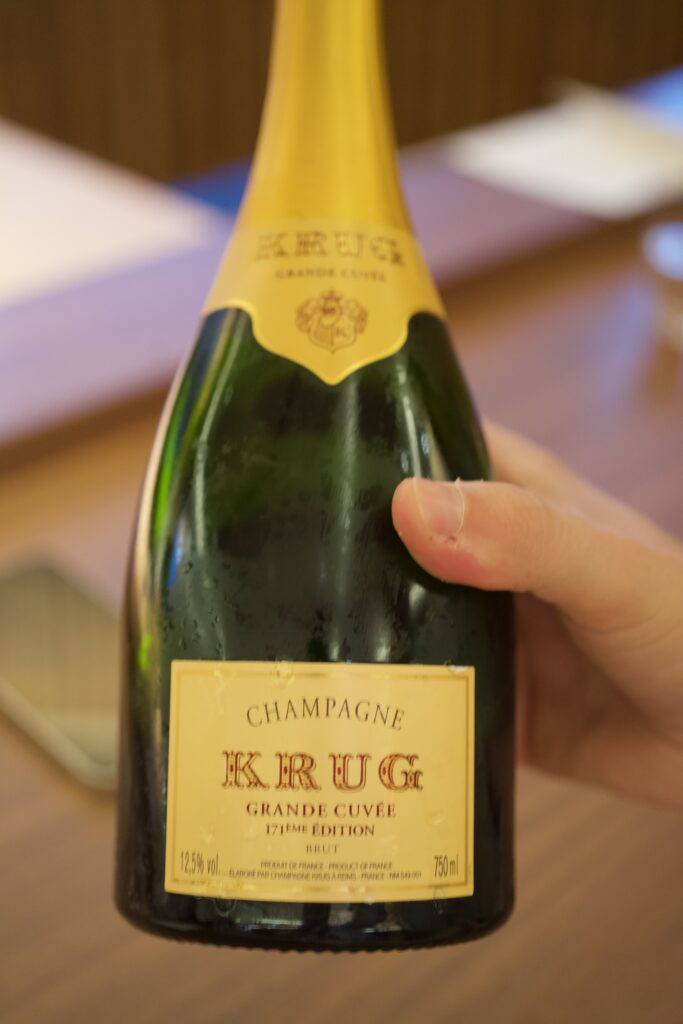
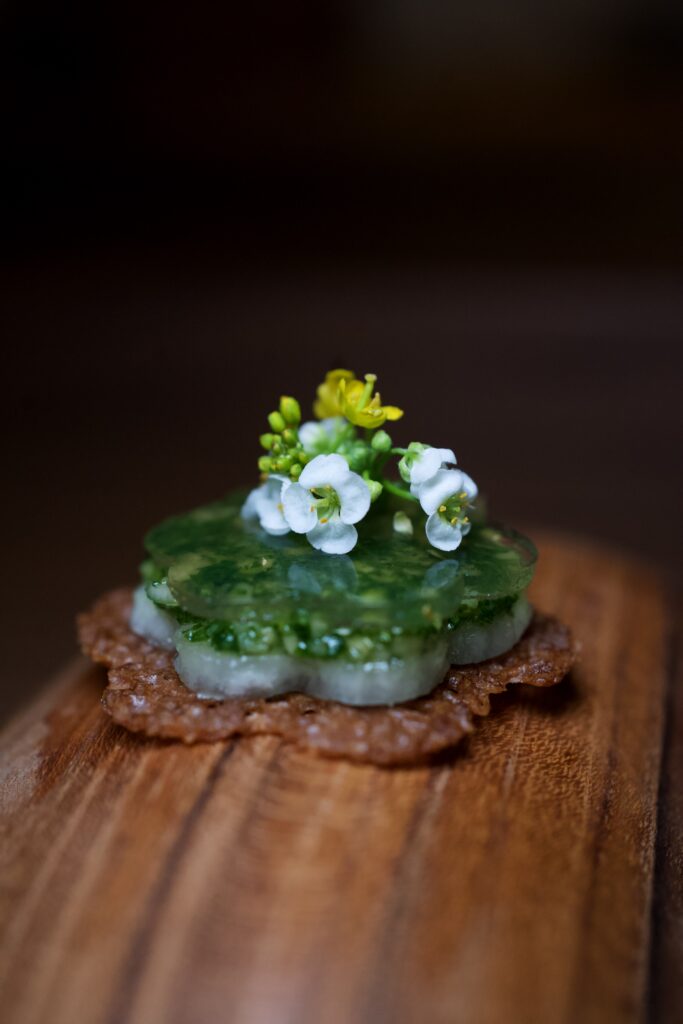
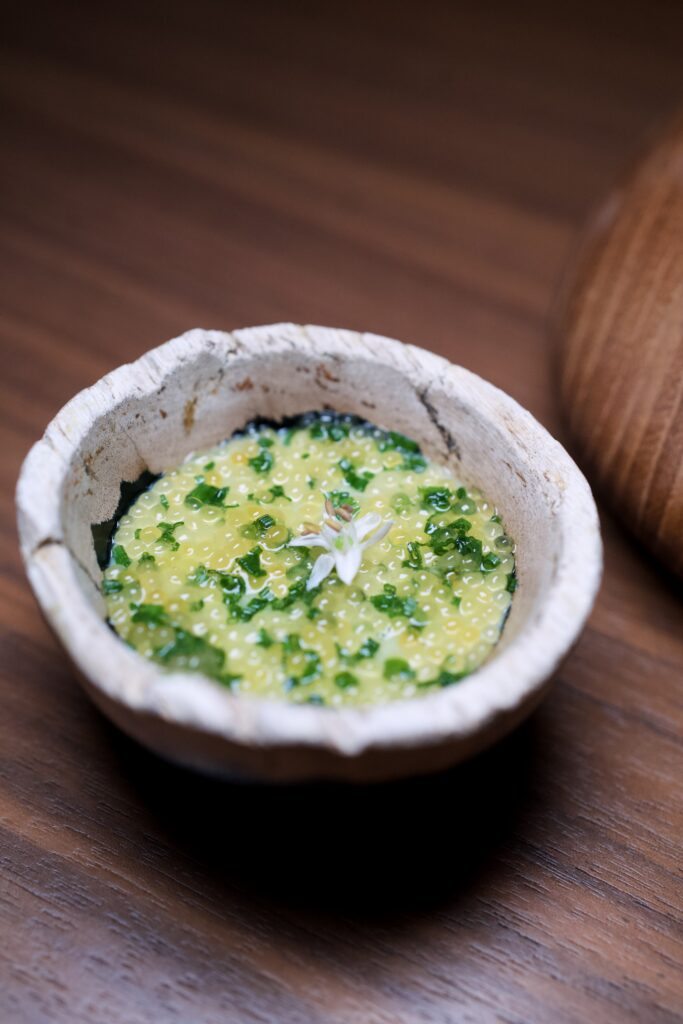
Hakuba’s menu is a deliberate journey, subtly guided by the influence of each chef. The wine cellar, shared with Plénitude, offers exceptional depth, from fine whites, Sake to Krug by the glass—a personal favorite of mine so the lunch started with a big smile. The champagne paired nicely with the classic chawanmushi and seaweed pie.
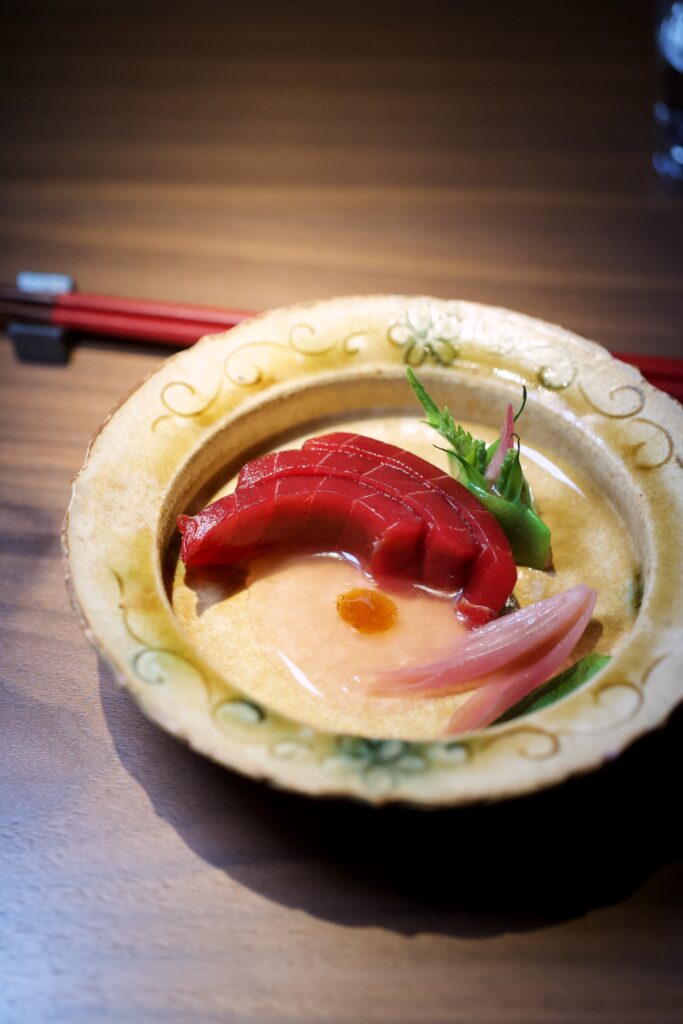
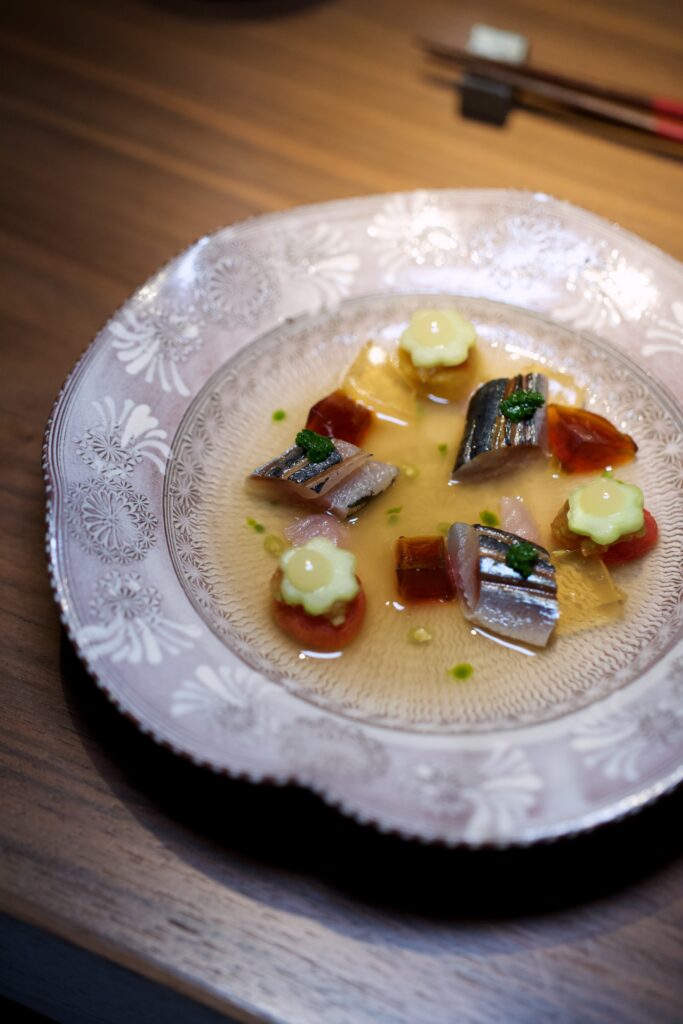
The first fusion dish was thick slices of akami (lean tuna), artfully paired with pickled onions, shiso, and a hint of acidic gel. The marriage of these elements brought together the clean, precise flavors of Japan with a touch of French flair. The next dish leaned more European: vinegar-cured sardines with fresh tomatoes and tomato gel. The acidity of the tomato balanced the boldness of the sardines, and the presentation on exquisite ceramic plates was a visual delight as much as a culinary one. A great flavor combination that would fit in nicely in any Mediterranean cuisines.
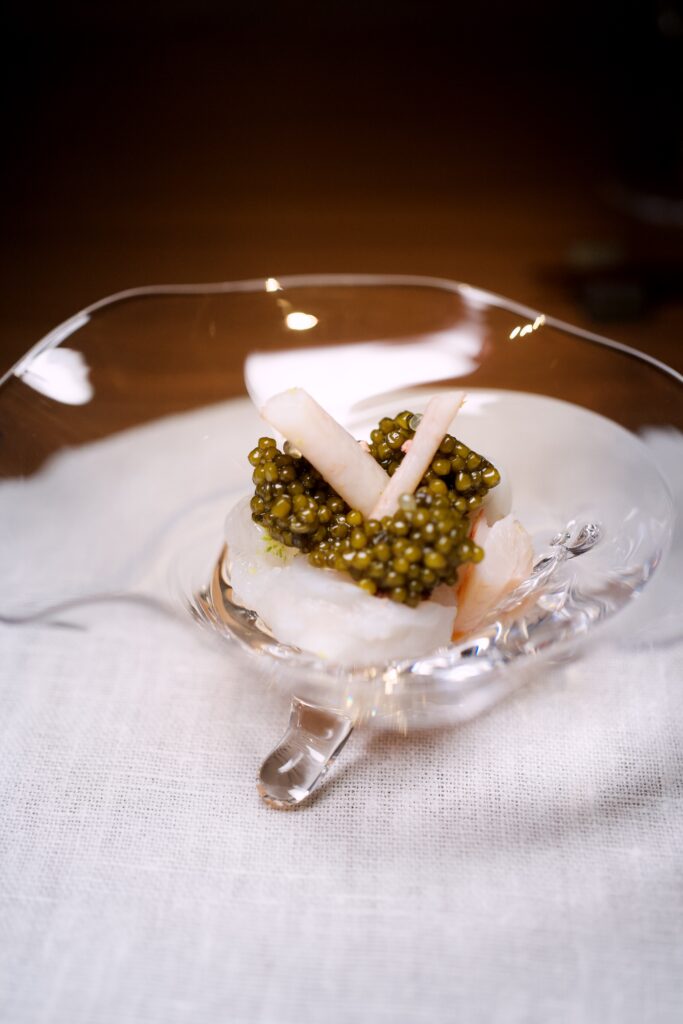
The courses continued to break with sushi traditions. A langoustine arrived, crowned with a generous layer of caviar—a luxurious twist with the lightness and purity of Japanese simplicity. The richness of the caviar met the subtle sweetness of the langoustine perfectly.
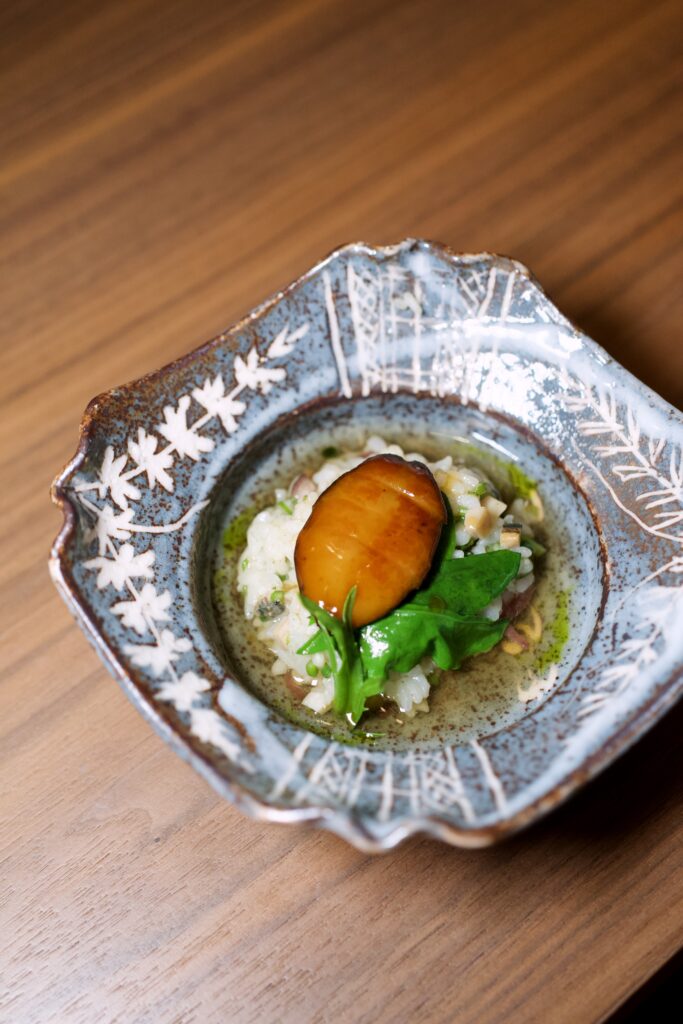
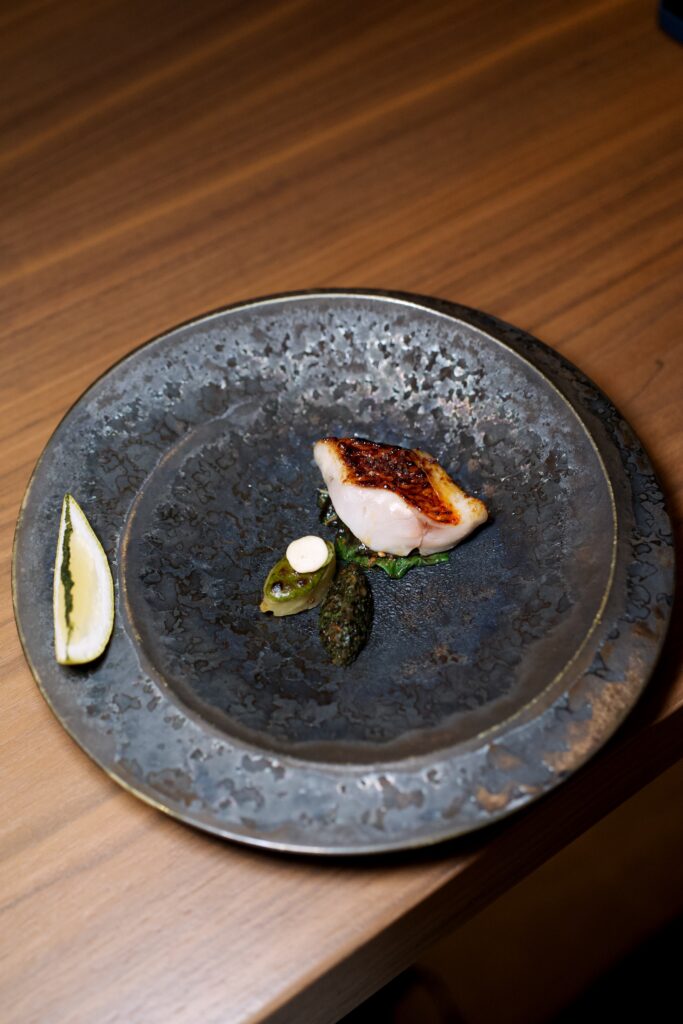
Following this was a fried abalone served with the first round of rice. The flavors were pleasant, though it left me craving a touch more. Then came a Yakitori-grilled red mullet with perfectly crisp skin, juicy flesh, and a miso-grilled spinach accompaniment. This dish was exquisite —a reminder of how, with the right ingredients, simplicity can create unforgettable depth. The dish put me in foodie heaven.
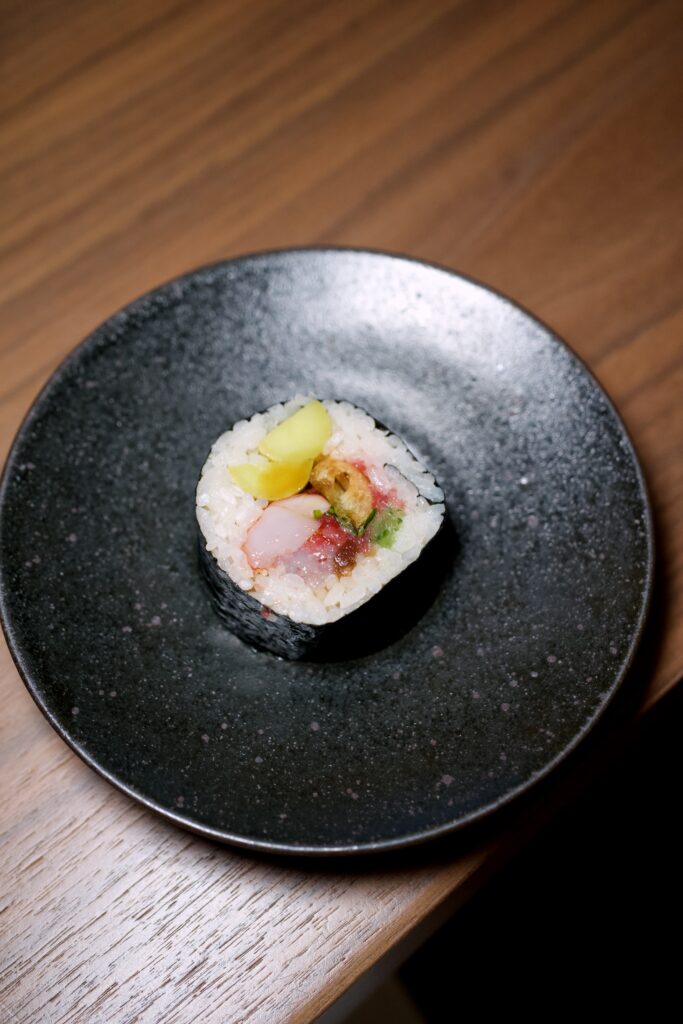
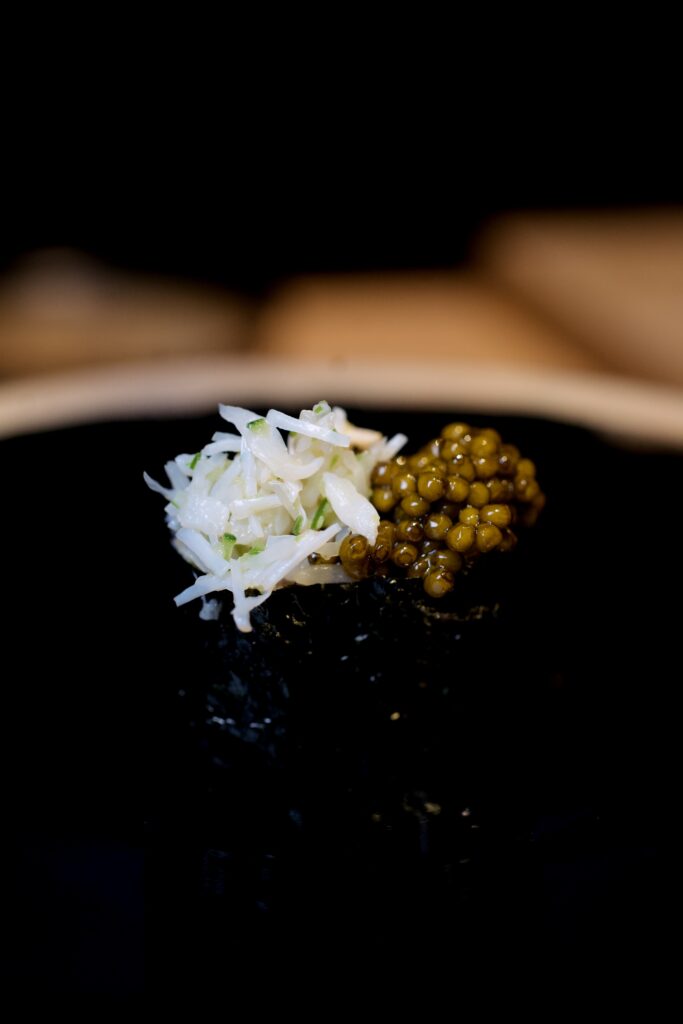
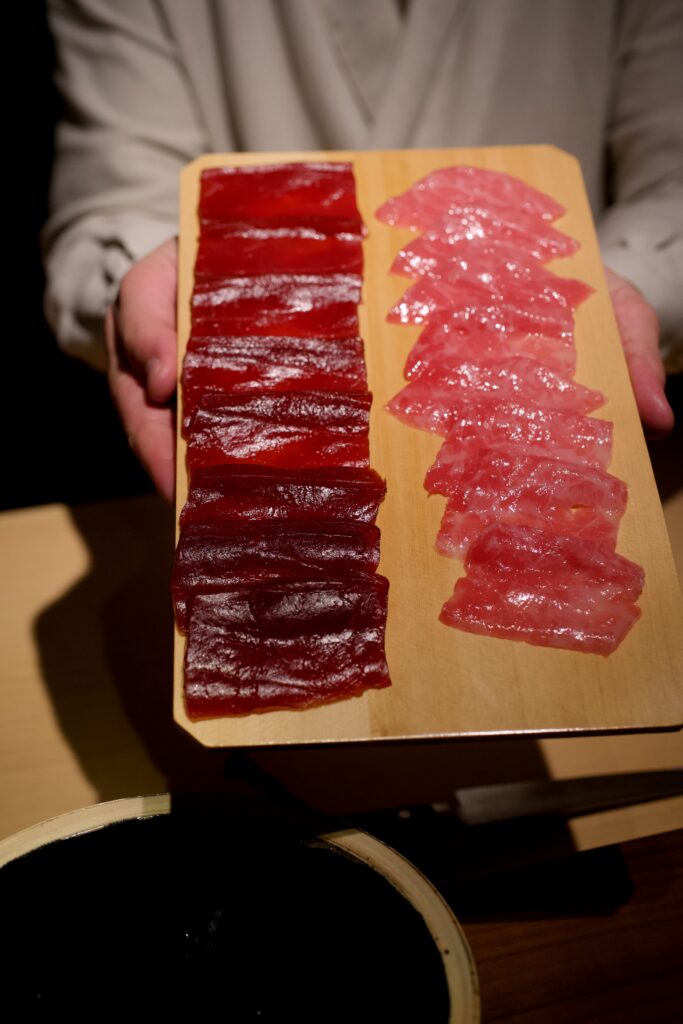
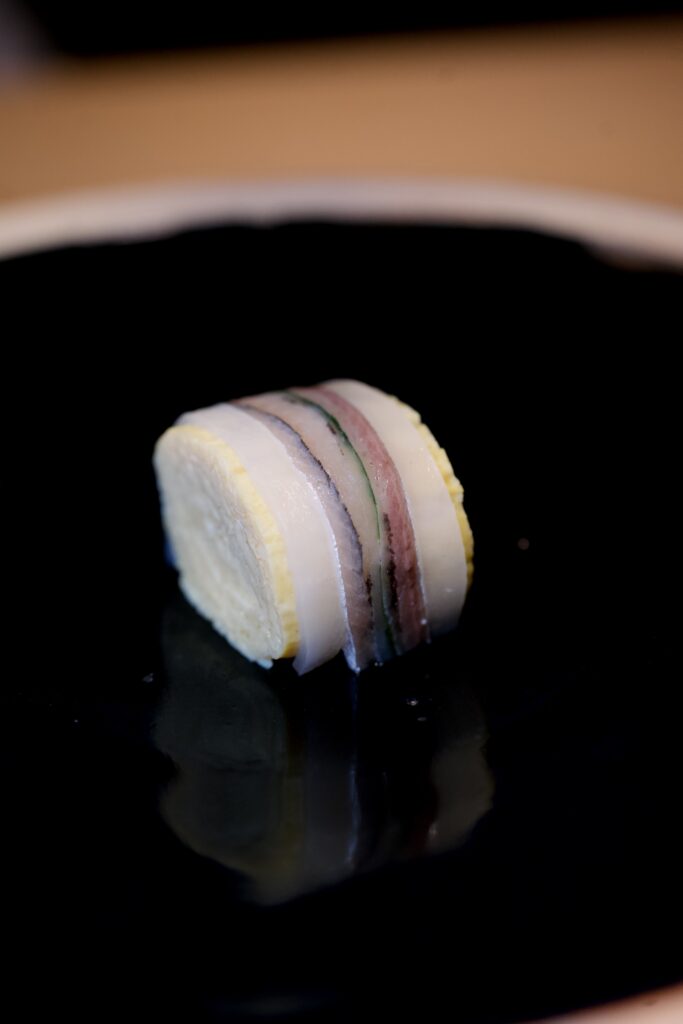
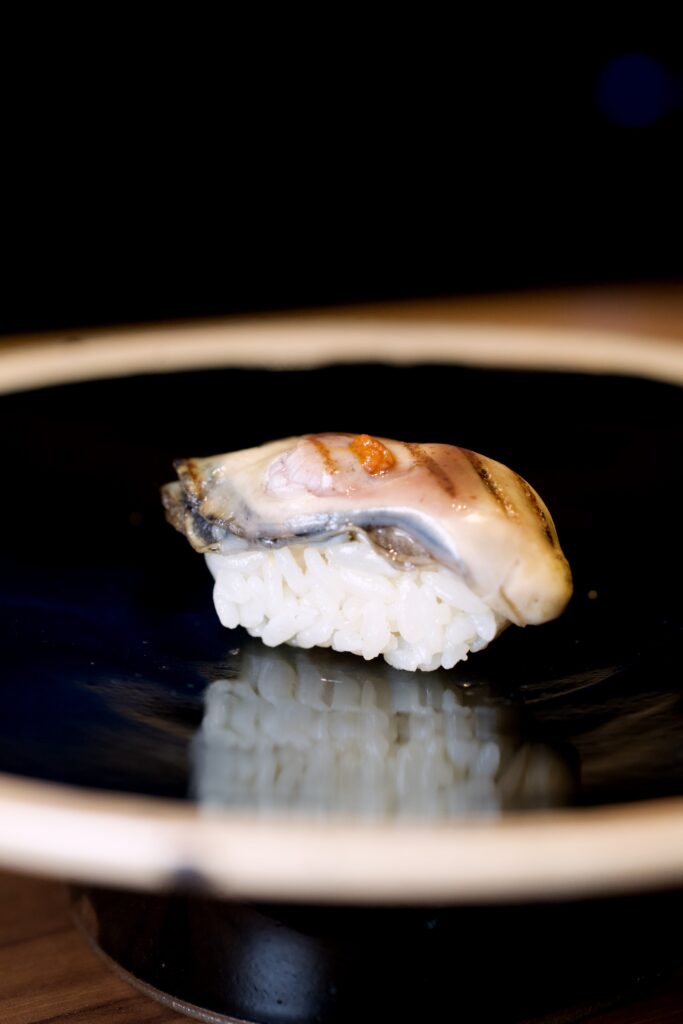
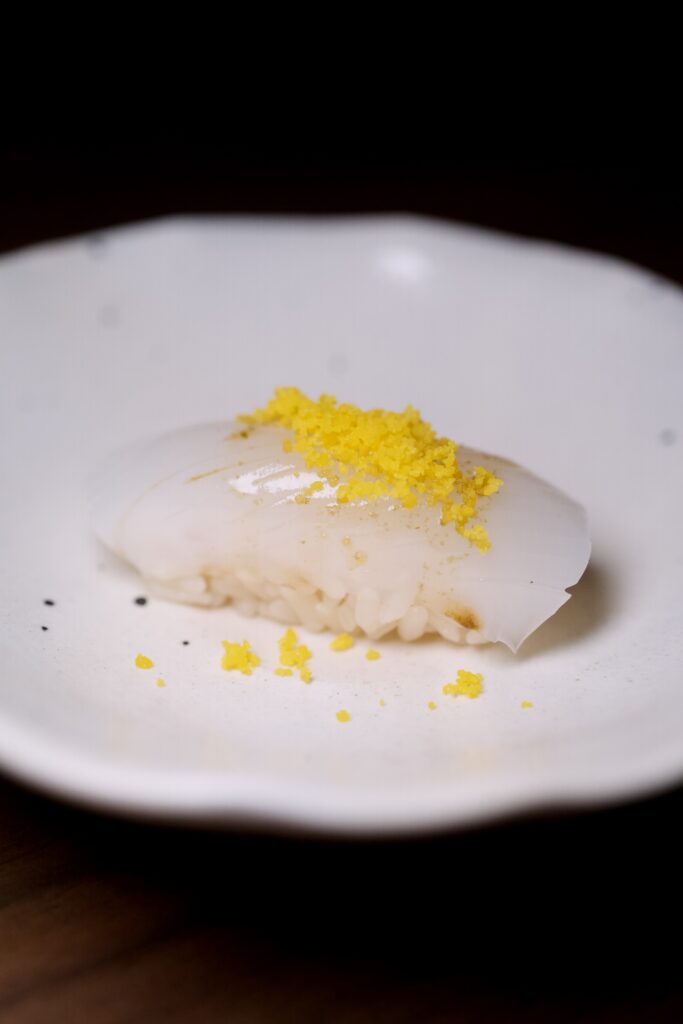
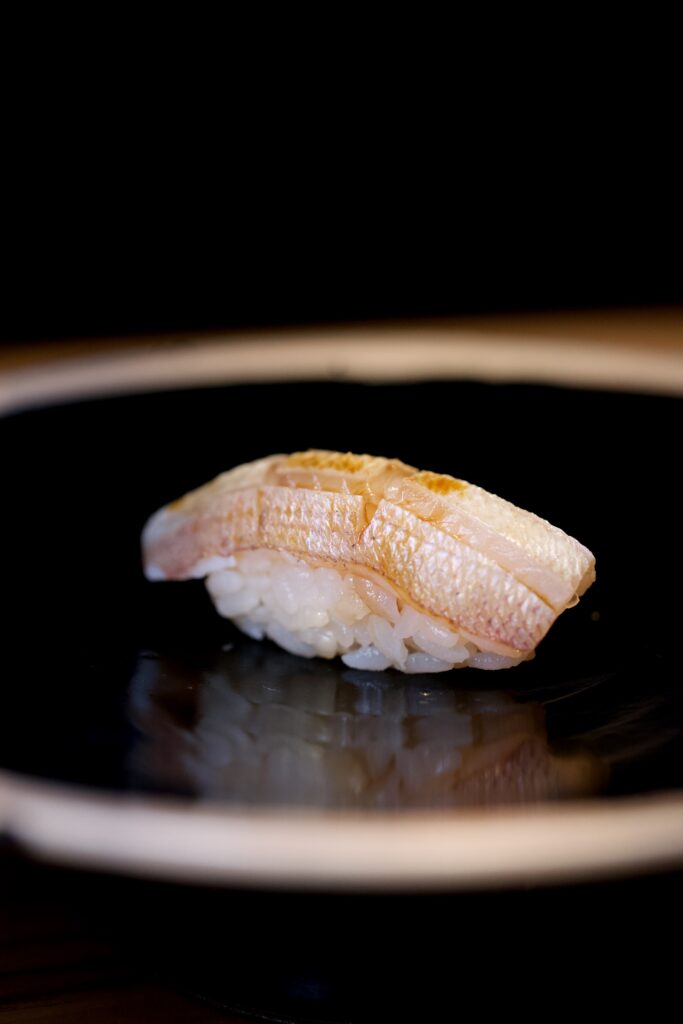
Next, we moved to the centerpiece of any sushi experience: the nigiris. Chef Watanabe joined us at the counter for this section, and again, Hakuba playfully deviated from tradition by serving tamago (Japanese omelette) mid-course instead of as a dessert. Here, though, it was beautifully wrapped with delicate slices of fish. Standouts pieces included a melt-in-your-mouth fatty tuna and a rich, citrusy seabream accented with wasabi and lemon zest. The savory courses concluded with a stunning snow crab and caviar gunkan—a luxurious and delicate end to the nigiri sequence.
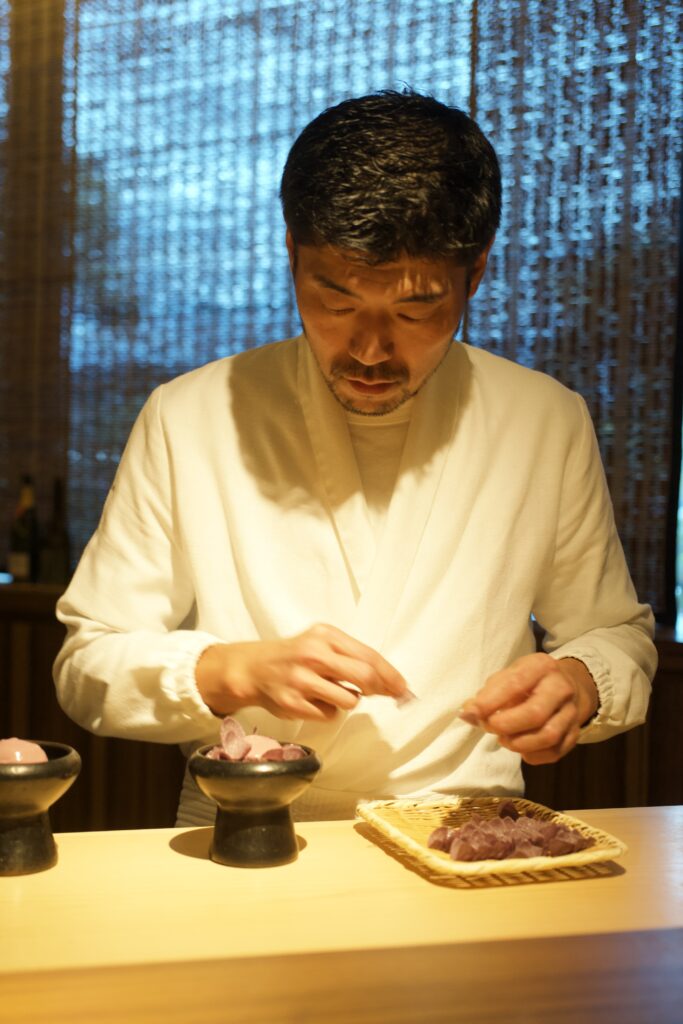
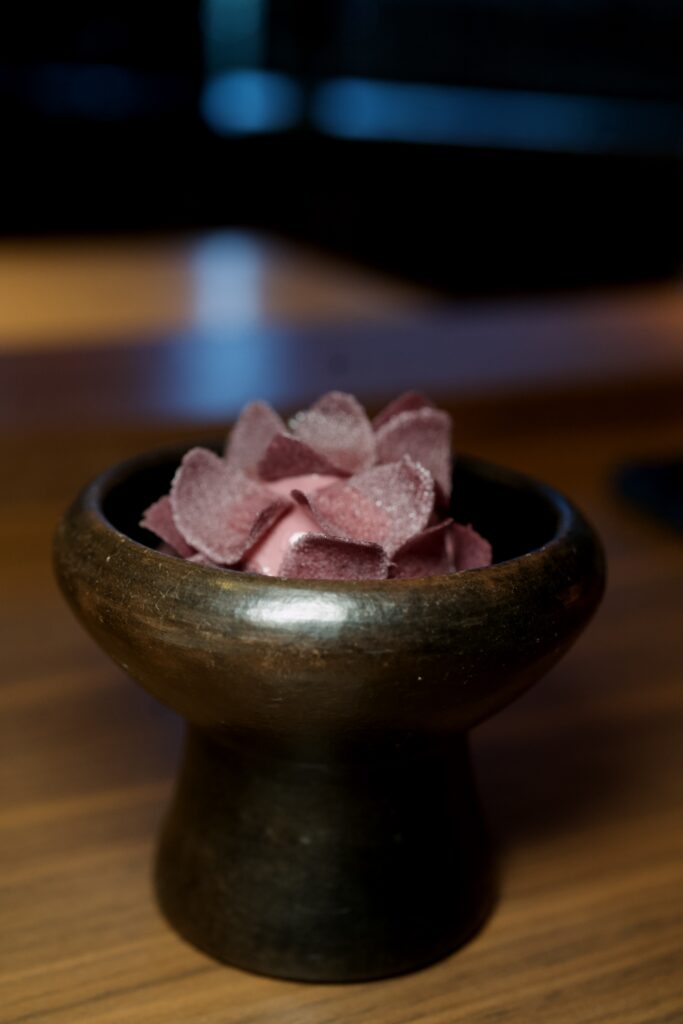
Dessert began with an ode to rice: a black-and-white rice-based dessert with toasty caramel undertones, beautifully balanced and not overly sweet. A dish that I loved both on a conceptual level as well as the flavor and texture.
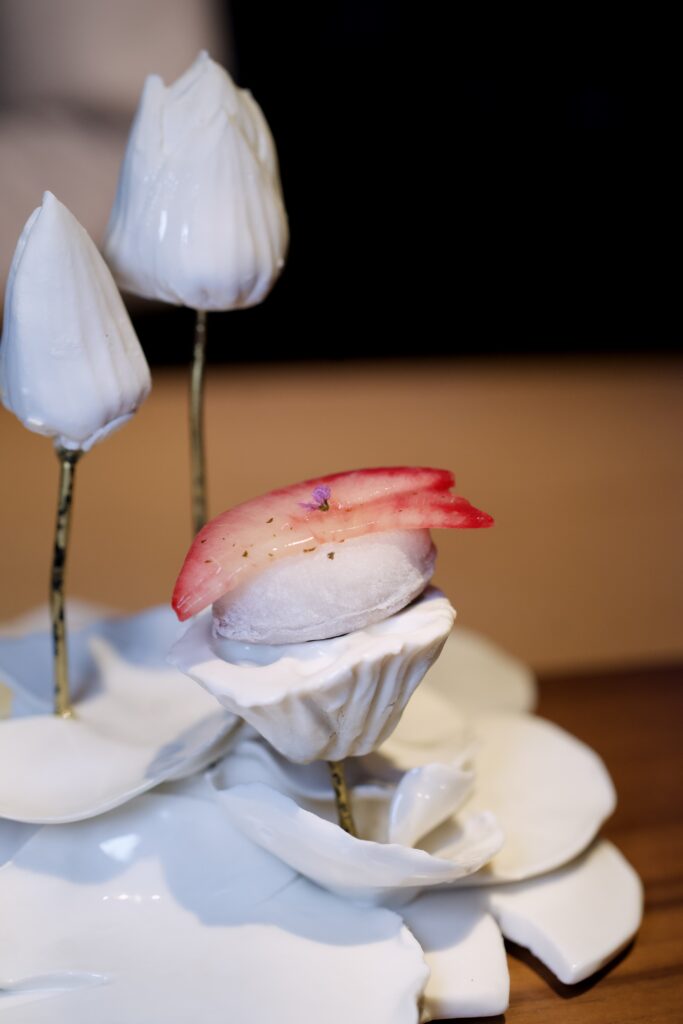
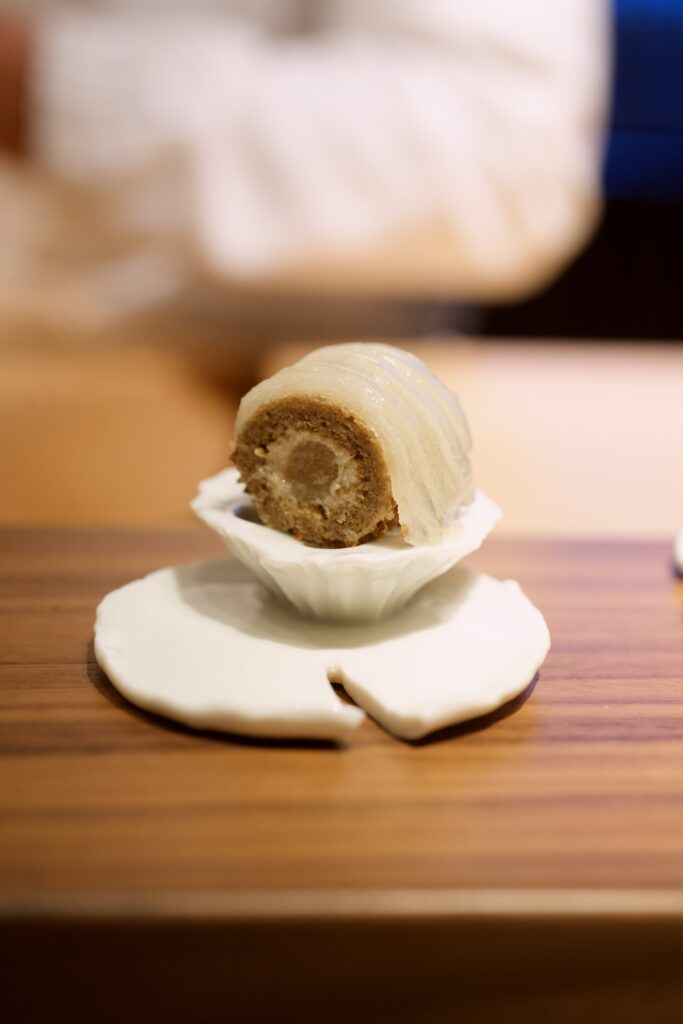
Next, a selection of mochi paid homage to this beloved Japanese delicacy. Each bite of these handmade treats was more exquisite than the last—a fittingly celebratory end.
Hakuba is more than a sushi restaurant; it’s a place where tradition and innovation meet with respect and artistry. Even in breaking with convention, the chefs stay true to the heart of Japanese cuisine: a focus on quality ingredients and an elegant restraint that allows each flavor to shine. I may not be a sushi expert, but I left Hakuba feeling that I’d experienced something rare—a reinterpretation of sushi that’s both ambitious and deeply respectful.
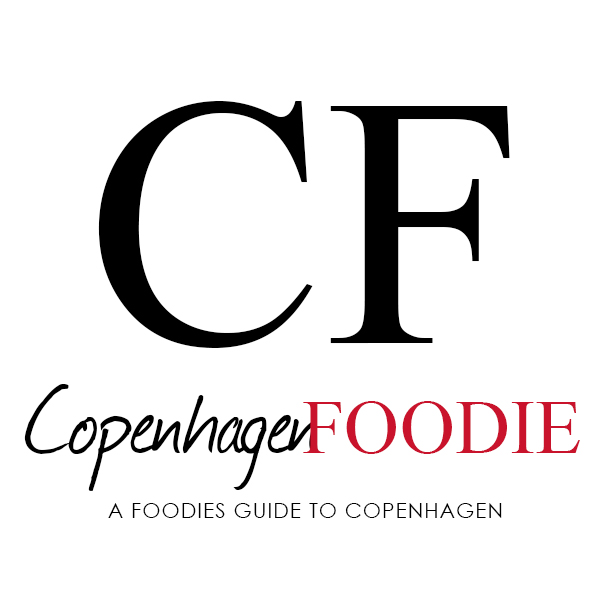
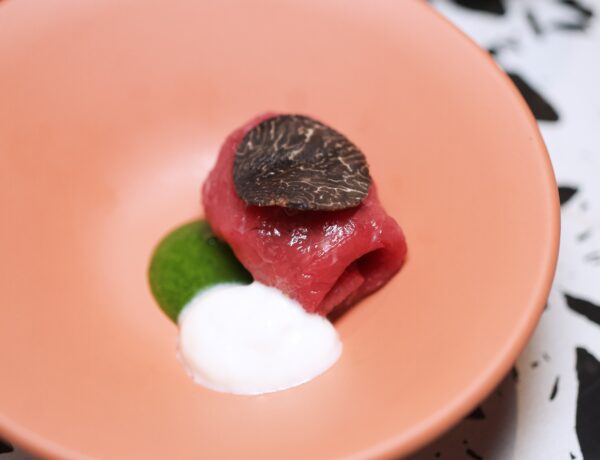
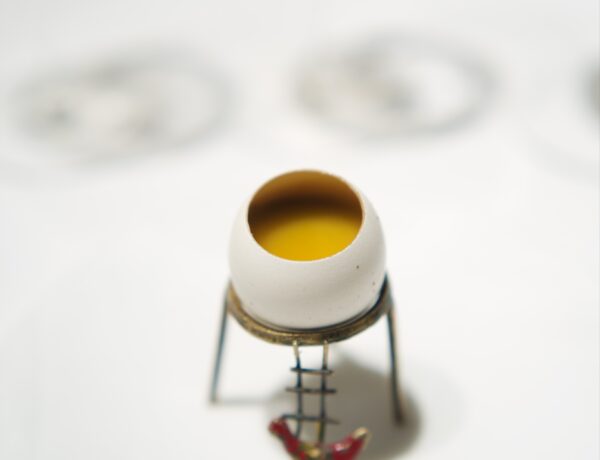
No Comments